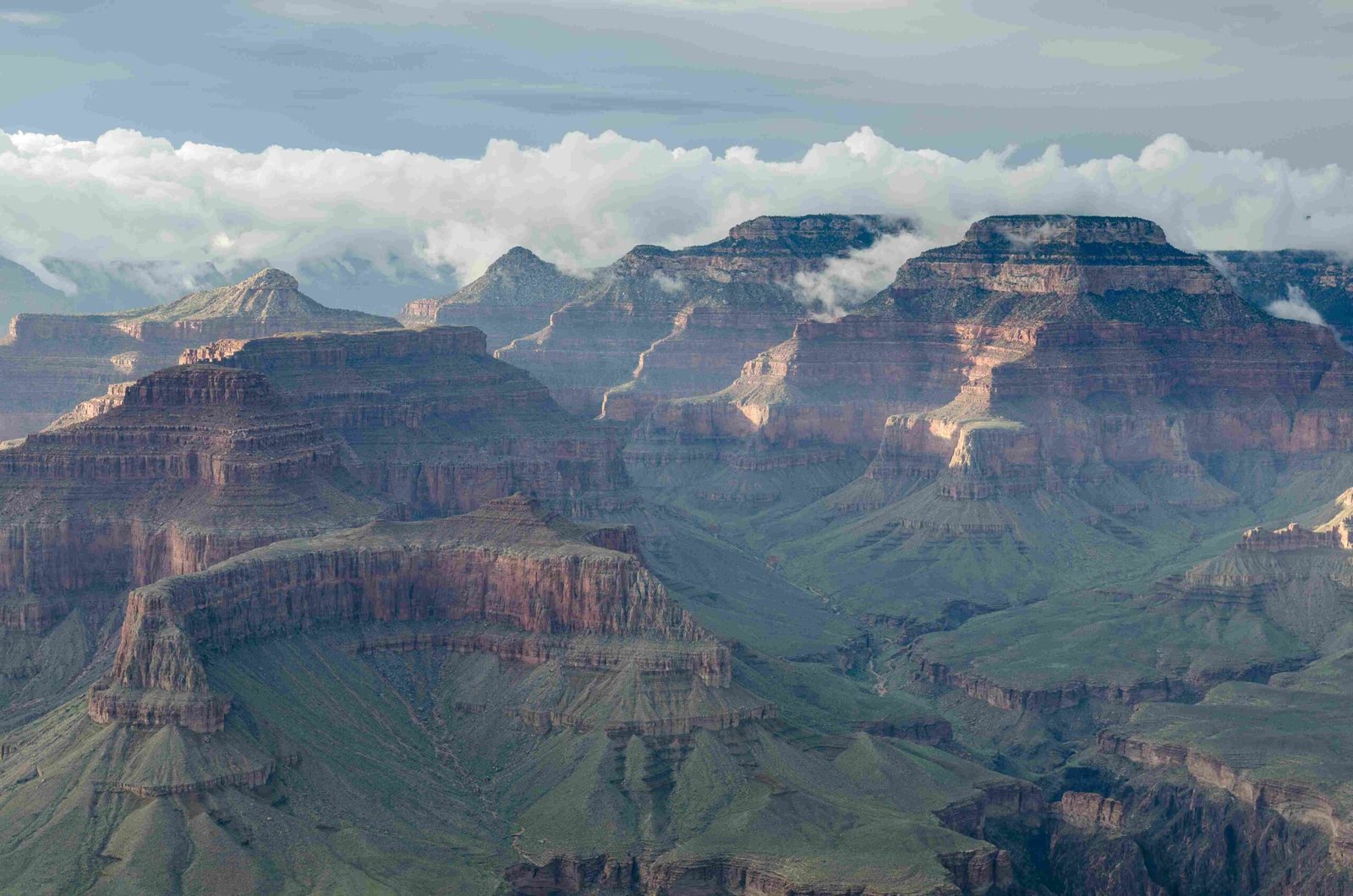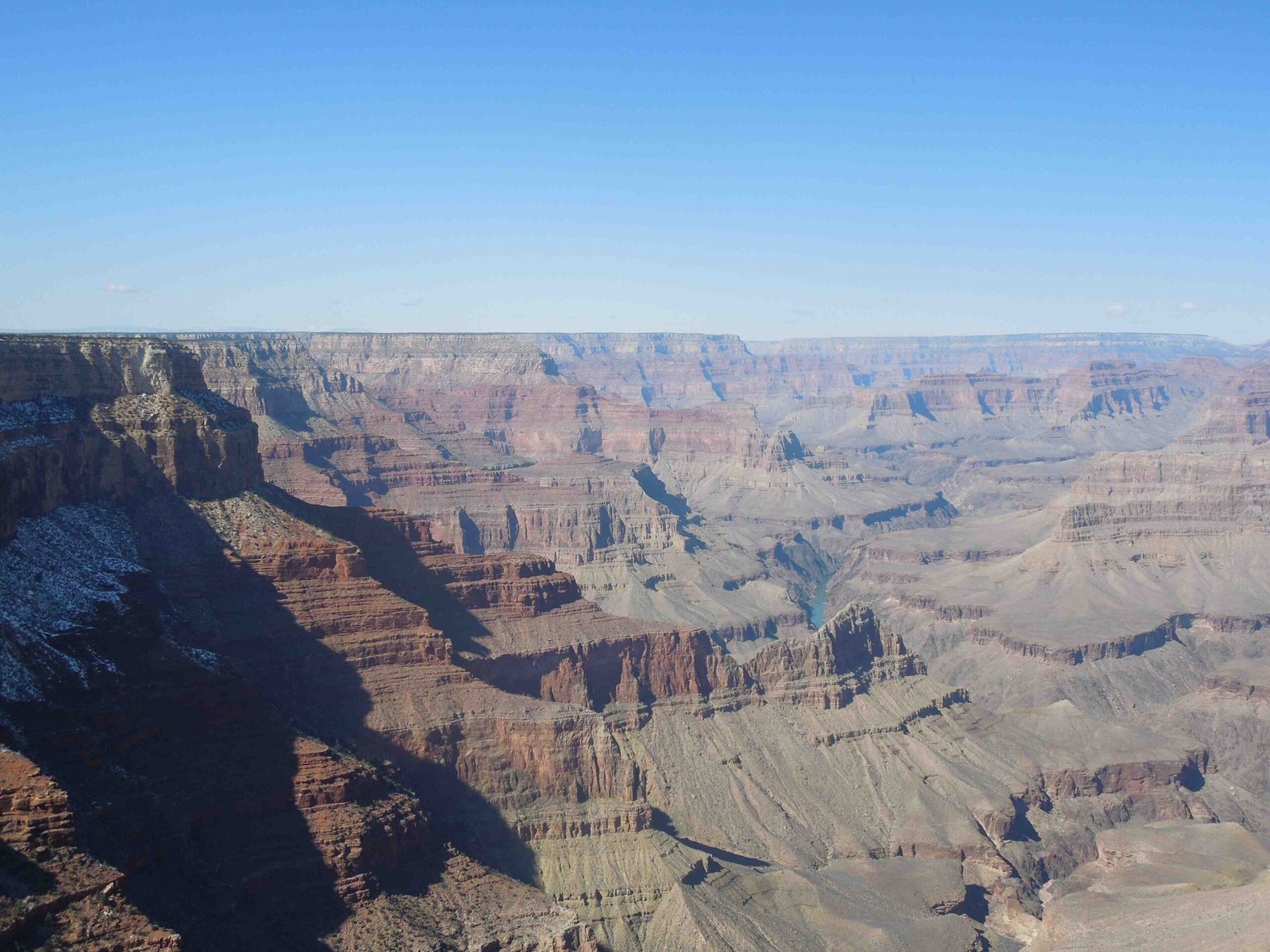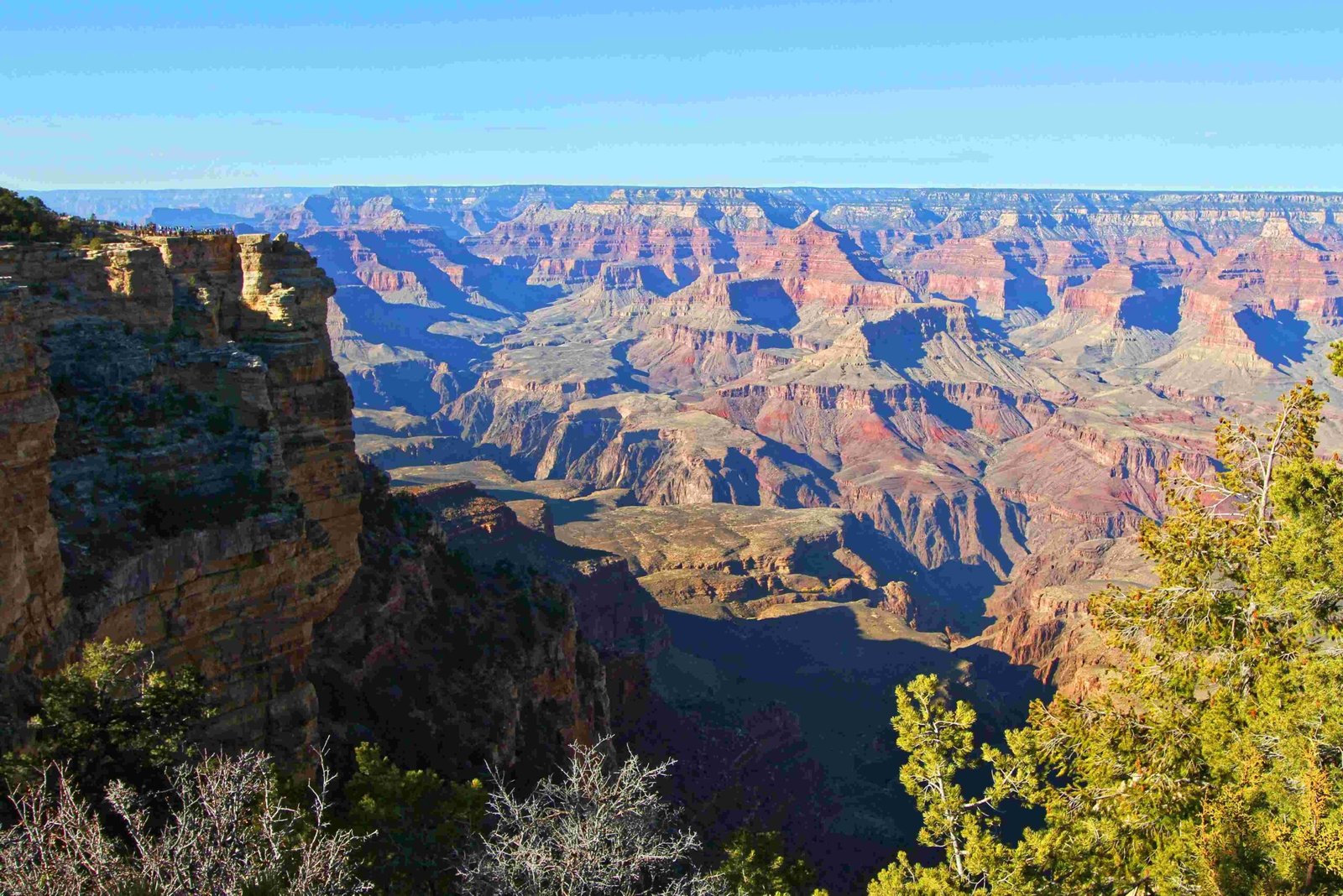The Grand Canyon crossing represents one of the most challenging and breathtaking hiking experiences in North America. Traversing approximately 24-43 miles across rugged terrain, hikers descend through billions of years of geological history, navigating steep trails, extreme temperature variations, and stunning landscape transformations that test physical endurance and mental resilience.
What Makes Grand Canyon Crossing Unique?

Grand Canyon crossing isn’t just a hike—it’s an extraordinary journey through one of the world’s most remarkable natural landscapes. Hikers encounter:
- Dramatic Elevation Changes:
- North Rim: 8,232 feet
- Colorado River: 2,480 feet
-
South Rim: 6,860 feet
-
Geological Wonderland:
- Two billion years of rock layers
- Diverse ecological zones
- Unprecedented landscape views
How Difficult is Grand Canyon Crossing?
| Difficulty Factor | Rating (1-10) | Description |
|---|---|---|
| Physical Demand | 9 | Extremely strenuous |
| Technical Skill | 6 | Moderate trail navigation |
| Elevation Challenge | 8 | Significant altitude changes |
| Weather Complexity | 7 | Extreme temperature variations |
What Routes Can You Choose?

Rim to Rim (R2R) Expedition
Hikers typically select between two primary routes:
- North Kaibab to Bright Angel Trail
- Distance: 24 miles one-way
- Elevation Change: 6,000 feet descent, 4,500 feet ascent
-
Estimated Time: 8-12 hours
-
Rim to Rim to Rim (R2R2R)
- Distance: 43.1 miles round trip
- Elevation Gain: 12,030 feet
- Estimated Time: 12-14 hours for experienced hikers
What Preparation is Essential?
Physical Conditioning
Successful Grand Canyon crossing requires:
– Cardiovascular endurance training
– Strength training for legs and core
– Long-distance hiking experience
– Heat and altitude acclimatization
Critical Gear Checklist
✓ High-quality hiking boots
✓ Hydration system (minimum 1 gallon capacity)
✓ Lightweight, moisture-wicking clothing
✓ Navigation tools
✓ Emergency communication device
✓ First-aid kit
✓ Sun protection
What Safety Considerations Exist?
Environmental Challenges
- Extreme temperature fluctuations
- Limited water sources
- Potential wildlife encounters
- Rapid weather changes
Permit and Reservation Requirements
- Backcountry camping permit
- Phantom Ranch reservations
- Group size limitations (maximum 10 people)
What Are the Best Seasons?
| Season | Recommended? | Temperature Range | Challenges |
|---|---|---|---|
| Spring | ✓✓✓ | 50-70°F | Mild conditions |
| Summer | ✓ | 80-110°F | Extreme heat |
| Fall | ✓✓✓ | 60-80°F | Ideal conditions |
| Winter | ✓ | 20-50°F | Snow, ice risks |
Final Recommendations
Grand Canyon crossing demands:
– Exceptional physical preparation
– Comprehensive planning
– Respect for natural environment
– Realistic self-assessment
Pro Tip: Consider guided expeditions for first-time crossers to ensure safety and maximize experience.
Who Should Attempt This Challenge?
- Experienced long-distance hikers
- Advanced fitness enthusiasts
- Those with previous multi-day hiking experience
- Individuals comfortable with challenging terrain
Recommended Training Timeline
- 6-12 months of consistent preparation
- Progressive distance and elevation training
- Heat and altitude simulation exercises
Conclusion
Grand Canyon crossing transcends a typical hiking experience—it’s a transformative journey through one of Earth’s most magnificent landscapes. Proper preparation, respect for nature, and personal determination are your greatest assets.

